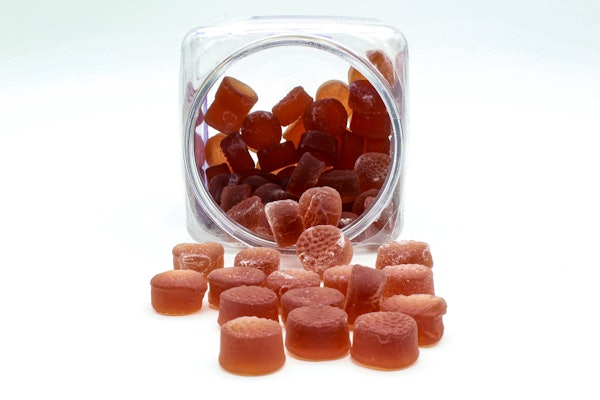Companies such as Bristol-Myers Squibb are understandably frustrated when they roll out a product only to find that counterfeits of that product are already on the market. Sometimes the counterfeit is easy to spot—maybe its package contains a hologram whereas the authentic version does not—or the package colors are printed wrong.
Today, however, “the bad guys aren’t misspelling product names or making many mistakes in color printing,” noted Sharon Flank, CEO, InfraTrac, who delivered the Nov. 4 presentation, “New Options in Anti-Counterfeiting,” at Pharma EXPO.
Pharma EXPO, co-located with PACK EXPO International Nov. 2-5 in Chicago, is a joint venture of PMMI, The Association for Packaging and Processing Technologies, and the International Society for Pharmaceutical Engineering (ISPE).
InfraTrac chemically tags products and packaging so that they are quickly authenticated in the field, without disclosing coding scheme details. The company’s coded polymer employs inert ingredients added to the polymer as it’s rolled into film for various packages, such as blister, shrink wrap, plastic bands, etc.
Just like a legitimate life sciences manufacturer, counterfeiters know the latest anti-counterfeiting technologies and “employ” chemists who are able break down anti-counterfeiting measures and technologies.
Unlike many speakers who read straight from slides, Flank used insights to help support the knowledge projected on the screen. Among the points she made were the following:
• Just as with personal electronics, spectrometers continue to become smaller and more powerful. We’ve gone from big lab instruments to hand-held scanning devices to small devices you can hold with two fingers. Watch for prices to continue to edge downward.
• A multilayer approach is needed to battle counterfeiters, but it’s not always wise to seek the top-of-the line, costliest new technologies. “Don’t think of anti-counterfeiting as an arms race because organized crime uses chemists, too. That approach is doomed.”
Instead, she advises considering commodity (cheap) protection so you’re not tied to one vendor’s particular technology. That way, you can continue to adapt new technology advances into your anti-counterfeiting strategy.
• Taggant materials can be made using inexpensive chemicals that can be mixed in different percentages and amounts to keep counterfeiters on the defensive. These can be utilized in literally millions of unique combinations that can be used on labels, embedded into packaging, or dissolved into liquids.
• The pharmaceutical distribution chain relies on multiple “hand-offs” in which product security can be risky. The fewer people who may know a particular recipe for taggant materials, the better as it leads to fewer vulnerabilities.
InfraTrac’s Website says that the global anti-counterfeit packaging market will reach US$8.2 billion by 2015, citing a report by Global Industry Analysts, Inc. Watch a video of Flank describing and displaying the company’s technology on the company's home page.



















